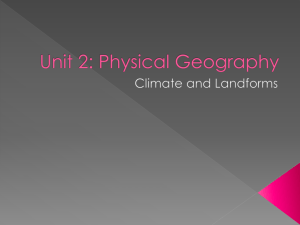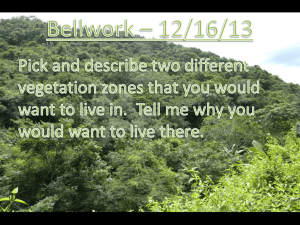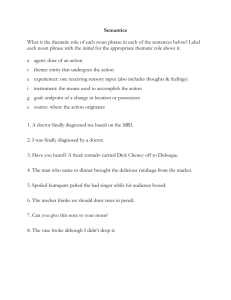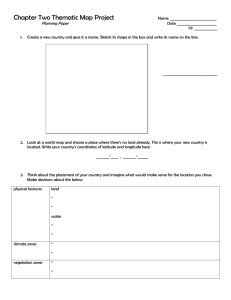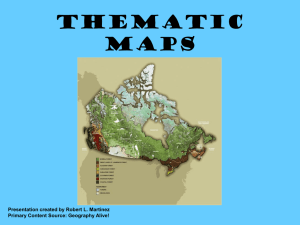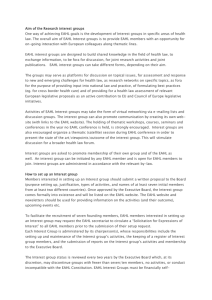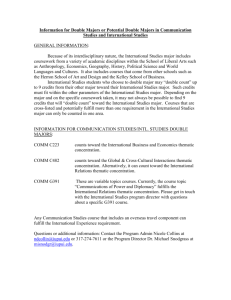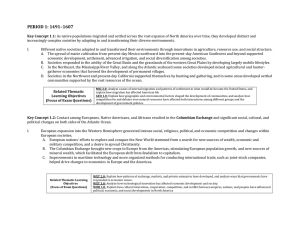Concept Outlines explained
advertisement
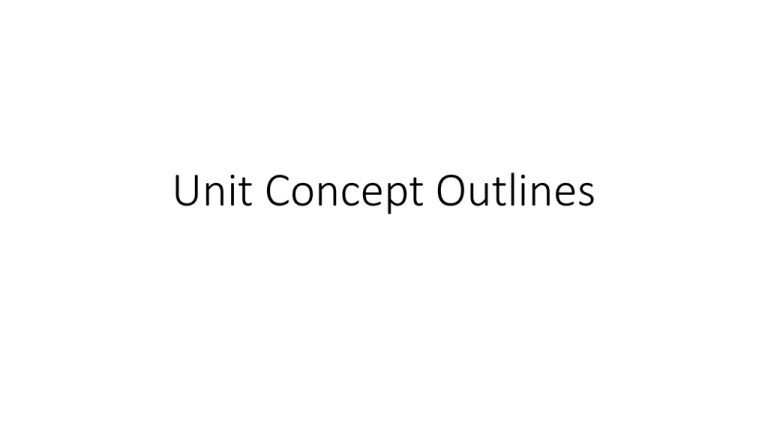
Unit Concept Outlines Directions: • Use the CollegeBoard’s concept outline available (Fall 2015 revision) at https://secure-media.collegeboard.org/digitalServices/pdf/ap/ap-us-historycourse-and-exam-description.pdf to complete the missing key concept information. Directions: • Use the CollegeBoard’s concept outline available (Fall 2015 revision) at https://secure-media.collegeboard.org/digitalServices/pdf/ap/ap-us-historycourse-and-exam-description.pdf to complete the missing key concept information. So let’s first find the information. I. Spanish, French, Dutch, and British colonizers had different economic and imperial goals involving land and labor that shaped the ________________________________________________________________ ________________________________________________________________ ________________________________________________________________ https://securemedia.collegeboard.org/digitalServices/pdf/ap/apus-history-course-and-exam-description.pdf • Or just google “APUSH FRAMEWORK” Use your browser’s search function to look for “Period 2” Again, the search function is your friend. Directions: So let’s fill in the blank here. I. Spanish, French, Dutch, and British colonizers had different economic and imperial goals involving land and labor that shaped the ________________________________________________________________ ________________________________________________________________ ________________________________________________________________ Directions: So let’s fill in the blank here. I. Spanish, French, Dutch, and British colonizers had different economic and imperial goals involving land and labor that shaped the social and political development of their colonies as well as their relationships with native____ populations._______________________________________________________________ Directions: • Develop thesis statements to answer ALL parts of the bolded Related Thematic Learning Objectives. Directions: • Develop thesis statements to answer ALL parts of the bolded Related Thematic Learning Objectives • Here you will may notice that some of the Thematic Learning Objectives repeat. • Contrary to popular belief I am (usually) not an idiot. • The reason they repeat on the outline is because they repeat in the framework. • BUT they repeat under new key concepts. Directions: • Develop thesis statements to answer ALL parts of the bolded Related Thematic Learning Objectives •WHEN THE THEMATIC LEARNING OBJECTIVES REPEAT, ANSWER EACH IN THE CONTEXT OF THE KEY CONCEPT THAT PRECEDEDS IT. If you copy the material from one of the earlier “repeats” and use it again later you will not receive credit. Let’s look at this “repetition” Here’s MIG-1.0 So here you would answer MIG-1.0 in the context of Key concept 2.1.1 And here’s MIG-1.0 again. So here you would answer MIG-1.0 in the context of Key concept 2.2.1 The Thematic Learning Objective “MIG-1.0: Explain the causes of migration to colonial North America and, later, the United States, and analyze immigration’s effects on U.S. society.” is answered once in the context of… The Thematic Learning Objective “MIG-1.0: Explain the causes of migration to colonial North America and, later, the United States, and analyze immigration’s effects on U.S. society.” is answered once in the context of… Key Concept 2.1: Europeans developed a variety of colonization and migration patterns, influenced by different imperial goals, cultures, and the varied North American environments where they settled, and they competed with each other and American Indians for resources. The Thematic Learning Objective “MIG-1.0: Explain the causes of migration to colonial North America and, later, the United States, and analyze immigration’s effects on U.S. society.” is answered once in the context of… Key Concept 2.1: Europeans developed a variety of colonization and migration patterns, influenced by different imperial goals, cultures, and the varied North American environments where they settled, and they competed with each other and American Indians for resources. And later in the context of… Key Concept 2.2: In the 17th century, early British colonies developed along the Atlantic coast, with regional differences that reflected various environmental, economic, cultural, and demographic factors. Directions: • Then list the key terms (from the current or any previous unit, for ex. manorial system, Whig, Middle Passage, gentility, bills of exchange, probate inventory, salutary neglect, Radical Whigs, land banks, Chesapeake, Puritans) you would use in that short response, long essay or DBQ.


